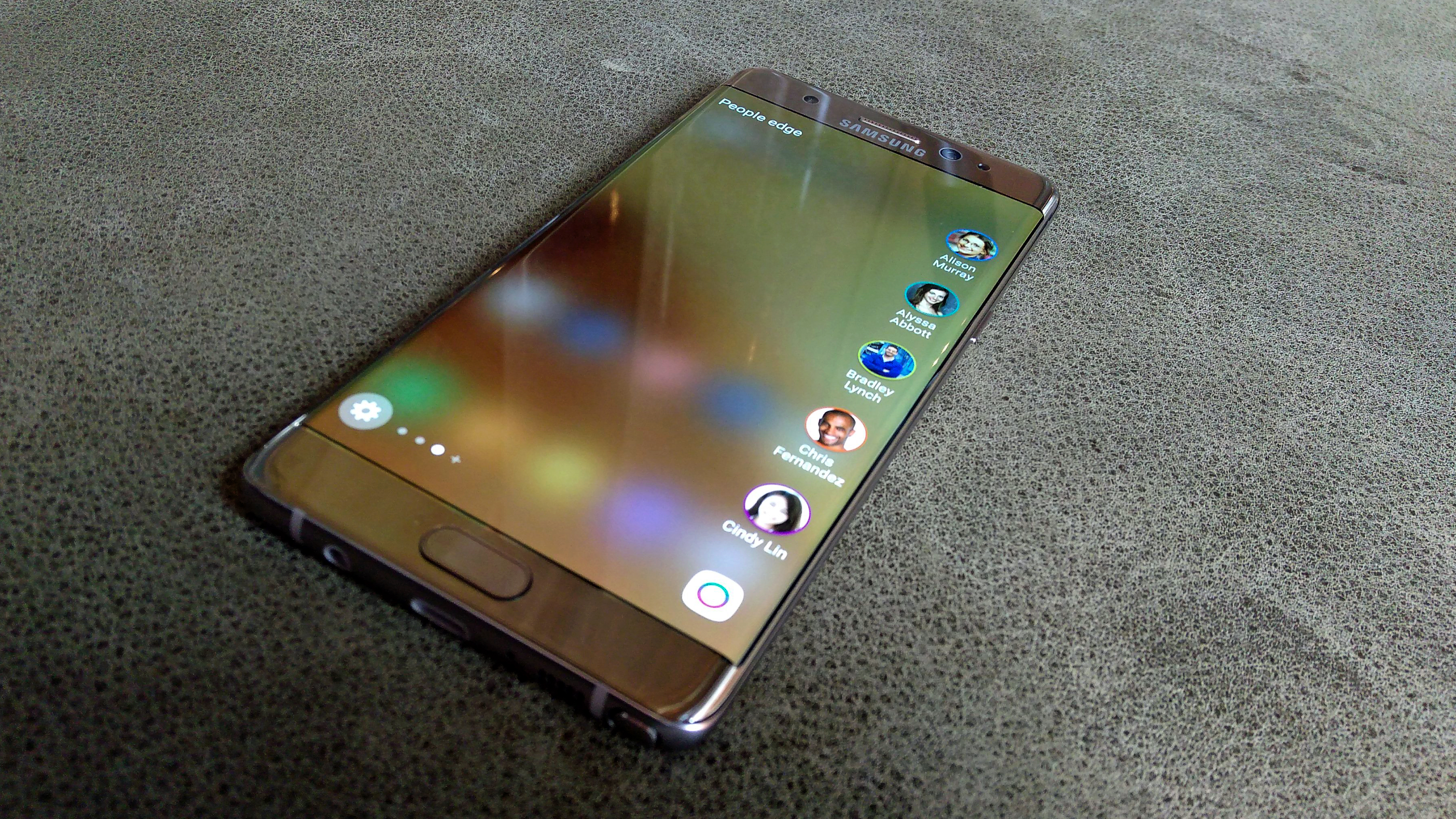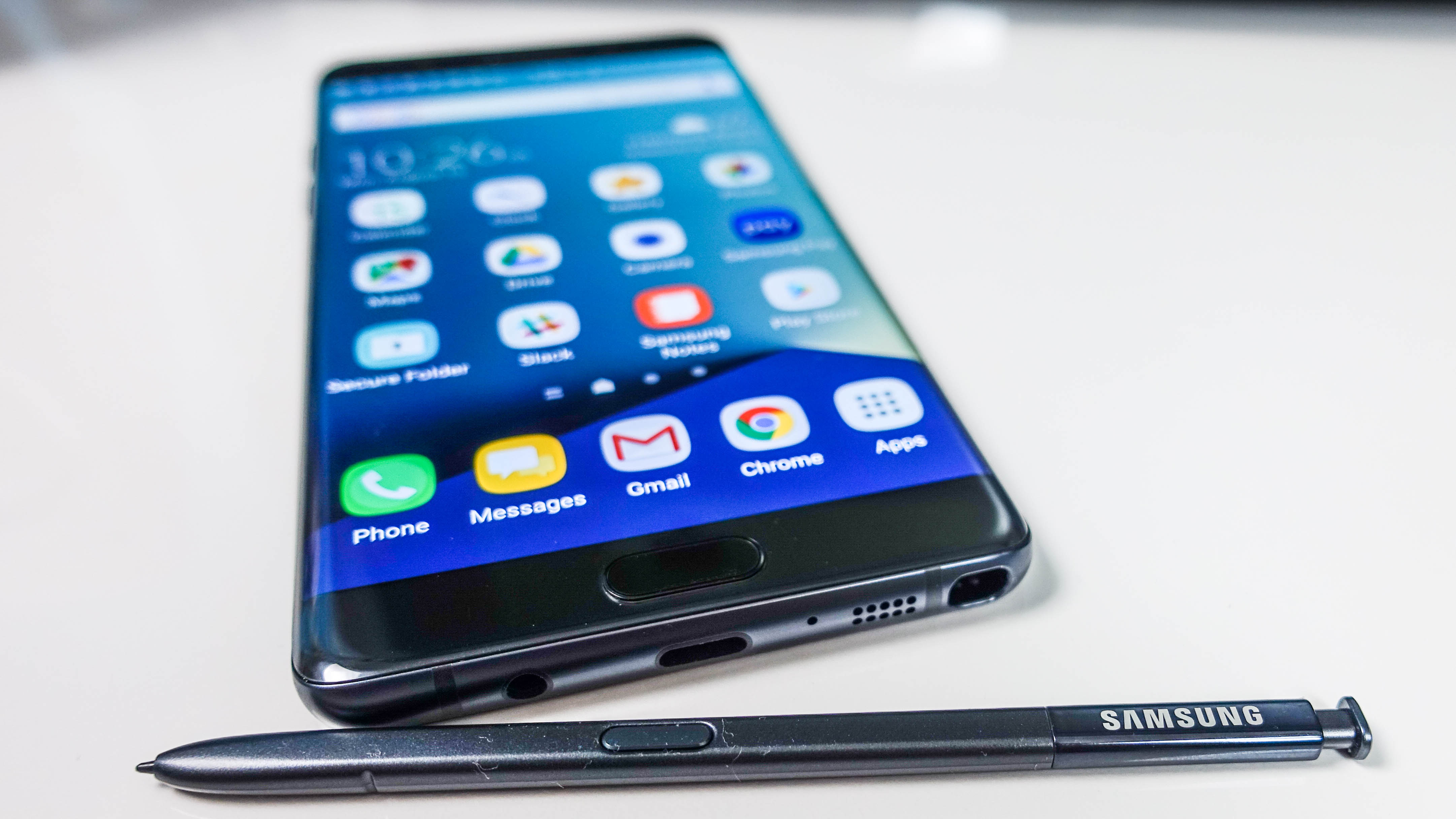Samsung Galaxy Note 7 recall: what you need to know
From how to return it to when you'll be able to buy it again

Update: While Samsung has yet to officially confirm that the replaced Galaxy Note 7 units are still catching on fire, there have been multiple instances of the 'confirmed safe' models still smoking and exploding.
Samsung has confirmed to us that the production schedule will be 'adjusted' as a result of the claims, and the company has also called for a halt to all Galaxy Note 7 sales and exchanges worldwide while an investigation into reports of combusting phones is underway.
The company urged all Note 7 owners - whether of an original device or a replacement phone - to power down and stop using their handset, as well as encouraged them to "take advantage of the remedies available."
Those remedies include taking your Note 7 into the carrier or retail store where you bought the device and seeking a full refund or exchange.
"We remain committed to working diligently with appropriate regulatory authorities to take all necessary steps to resolve the situation," Samsung said in a statement.
Original story below...
Unless you left the internet after the Galaxy S7 launch, you'll know that Samsung recalled the Galaxy Note 7 due to serious battery issues.
Sign up for breaking news, reviews, opinion, top tech deals, and more.
The recall process mostly happened in September, but since that point there have been instances of replaced phones still smoking and catching on fire. As such, the Galaxy Note 7 remains unavailable in many countries - and looks set to stay that way.
But to help keep you in the loop this article will guide you through all the latest news, information on when the Note 7 will be available to buy again, and what to do if you have a faulty one.
You'll also find full full guides below to replacing the phone - even if you've got a replaced handsets, many networks are offering refunds if you're worried about owning the Note 7.
Why did Samsung recall the Galaxy Note 7?
The problem stems from faulty battery cells, which were overheating and in some cases catching fire or exploding.
More specifically, it's believed that an error in production placed pressure on plates within the batteries, causing them to overheat. The fault is widespread enough that Samsung swiftly issued a global 'exchange program' for the phone.
However, since then, replaced Note 7s are still exhibiting the same issues. - the smoke and fire problems in the 'upgraded' models looks to have halted production of the phone from Samsung.
Is the Samsung Galaxy Note 7 safe to use?
At the moment, no. Too many reports have emerged of the replaced phone to allow us to say otherwise.
If you're using one of the original batch of handsets, then simply put: no, it's not. Samsung issued a patch which stopped the phone charging above 60% in an effort to minimize the risks of using it, but this still doesn't guarantee that it's safe to use and you're advised to switch it off and return it.

If your handset has been replaced then it should be fine. There are some reports of overheating issues in supposedly safe handsets, but Samsung claims that these are isolated incidents and completely unrelated to batteries.
Returning the Samsung Galaxy Note 7 is a fairly simple process, but the exact procedure depends on what country you're in and where you bought the phone from.
Check out our guide to replacing your Samsung Galaxy Note 7 for full, in depth details.
How to tell if your Note 7 is faulty
While new models have a green battery icon visible on the status bar at the top of the screen, as well as on the always-on display and the power off screen, you can now assume all are unsafe for use and should contact Samsung to get a replacement.

But you can also check before you even take the phone out of the box, as the new version will have a black square symbol on the top right corner of the label on the packaging box.
- Check our guide on how to make sure you have the new Galaxy Note 7 for full details
When will the Note 7 go back on sale?
All major US networks are now stocking the Samsung Galaxy Note 7 again, but many parts of the rest of the world will be kept waiting - and it looks set to stay that way.
Samsung has revealed to Reuters that it hopes to start selling the phone in Australia at some point in October, while across the UK and the rest of Europe the Note 7 should be available by the end of November.
However, this new issue means Samsung has issued us with the following statement: "We are temporarily adjusting the Galaxy Note7 production schedule in order to take further steps to ensure quality and safety matters."
What else is there to know?
The Galaxy Note 7 saga is going to be enormously costly to Samsung, with around 2.5 million handsets recalled and estimates putting the cost of replacing or refunding them at around $1 billion (roughly £750 million / AU$1.3 billion).
For most of us that would be an unthinkable amount of money, and even Samsung called it a "heartbreaking amount" and has sold stakes in other companies to raise funds.

But Samsung isn't alone in suffering from the Note 7 debacle. Numerous fires and explosions have been reported, resulting in burns, property damage and lawsuits - and Samsung is now claiming 60% have been replaced.
Even those whose handsets have survived have had to go through the hassle of returning them, with reports of many stores seemingly unaware of the exact recall process and attempting to charge customers or unable to offer a replacement phone.
And in the meantime buyers were stuck with a potentially hazardous handset, that's been banned from much public transport.
But despite all this not many buyers seem to have been put off the phone, with 90% of US customers reportedly opting for a replacement rather than a refund, so the Note 7 could still have a bright, fire-free future.
- These are the best phones of 2016
James is a freelance phones, tablets and wearables writer and sub-editor at TechRadar. He has a love for everything ‘smart’, from watches to lights, and can often be found arguing with AI assistants or drowning in the latest apps. James also contributes to 3G.co.uk, 4G.co.uk and 5G.co.uk and has written for T3, Digital Camera World, Clarity Media and others, with work on the web, in print and on TV.